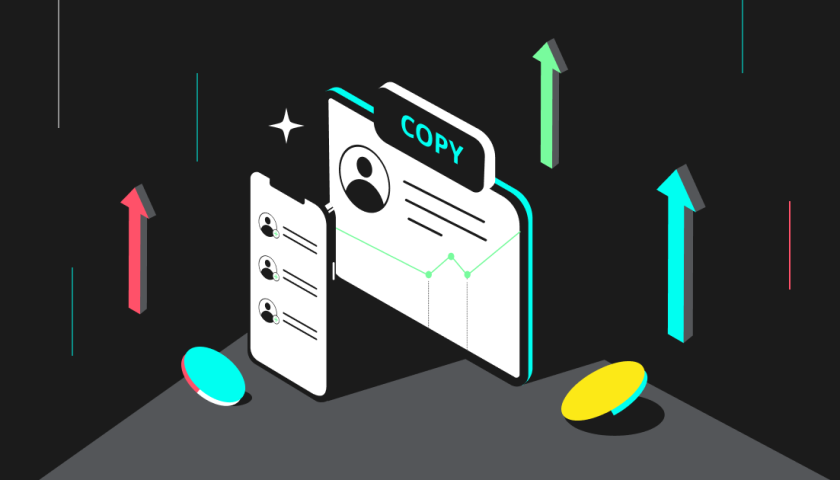In commodity markets, prices rarely move in isolation. They are often influenced by trends in other financial assets such as equities, bonds, and currencies. Recognizing these relationships can offer traders valuable insights. When used correctly, cross-asset signals act as early warnings or confirmations that enhance the accuracy and timing of commodity trades.
In commodities trading, combining signals from other asset classes helps build a broader market perspective and strengthens trade conviction.
Understanding Cross-Asset Relationships
Each commodity has a set of financial instruments or sectors that closely interact with its price. These relationships may not always be consistent in the short term, but over time, patterns tend to repeat. Traders who monitor these correlations can detect shifts in sentiment or structural changes that influence their target commodity.
For example:
- A weakening US dollar often supports higher gold and oil prices.
- Rising bond yields can pressure industrial metals by signaling tighter economic conditions.
- Equity rallies in construction or automobile sectors may support commodities like copper or platinum.
The key is identifying which relationships matter most to the commodity you are trading and tracking how those signals change under different market conditions.
Step 1: Identify Relevant Correlations
The first step in leveraging cross-asset signals is to understand which assets tend to correlate with the commodity you trade. This may vary depending on the time frame and the current macroeconomic environment.
For instance, crude oil often moves inversely to the US dollar, while copper is closely tied to global equity markets, particularly those in China. Start by researching historical price relationships and observing how they hold up in current conditions.
Step 2: Monitor Macro Trends and Intermarket Indicators
Macro trends provide the backdrop for all asset movements. Inflation data, central bank decisions, and GDP forecasts can trigger moves across several markets at once. When tracking cross-asset signals, pay attention to broader themes such as:
- Interest rate expectations
- Currency strength
- Stock market sector performance
These themes influence the flow of capital and risk appetite, which in turn affect commodities trading activity. For example, if inflation expectations are falling and bond yields are dropping, safe-haven demand for gold might increase.
Step 3: Use Cross-Asset Signals as Confirmation Tools
Rather than relying on cross-asset data to generate trade ideas, use it to confirm your existing bias. If you are bullish on copper based on supply data and technical analysis, a rally in emerging market equities or Chinese industrial stocks may provide additional confidence to enter the trade.
This alignment across markets suggests that multiple participants see value in the same direction, increasing the reliability of your position.
Step 4: Watch for Divergences as Warning Signs
Sometimes cross-asset relationships break down temporarily. These divergences can act as early warnings of trend reversals. For instance, if oil prices are rising but energy stocks are lagging, there may be skepticism about the sustainability of the move.Traders who spot these signals early can tighten stops, scale out of trades, or prepare for volatility. In commodities trading, paying attention to what other markets are doing can help manage risk more effectively.
Step 5: Avoid Overcomplicating Your Strategy
While cross-asset analysis is useful, it should complement rather than overwhelm your strategy. Choose two or three reliable signals that relate directly to your commodity of interest. Trying to track every global asset may dilute focus and create confusion.Keep the process structured and consistent. Over time, patterns will become clearer, and your confidence in using these tools will grow.
An Integrated View Creates Stronger Trades
Cross-asset analysis turns commodity trading from a narrow focus into a broader, more informed process. It adds context to chart patterns, filters out false signals, and aligns trading decisions with global sentiment.Incorporating these insights into your commodities trading routine helps you trade with greater clarity and improved timing. By observing how different markets interact, you gain an edge that pure technical or fundamental analysis alone may not provide.




